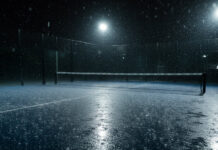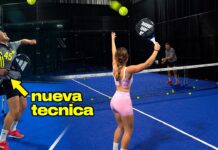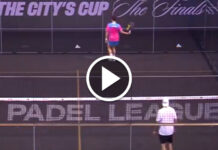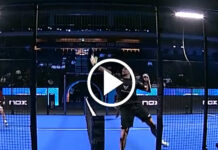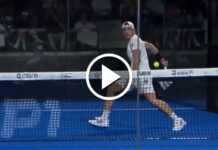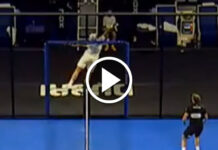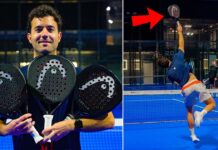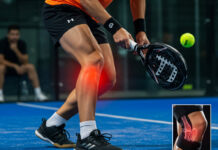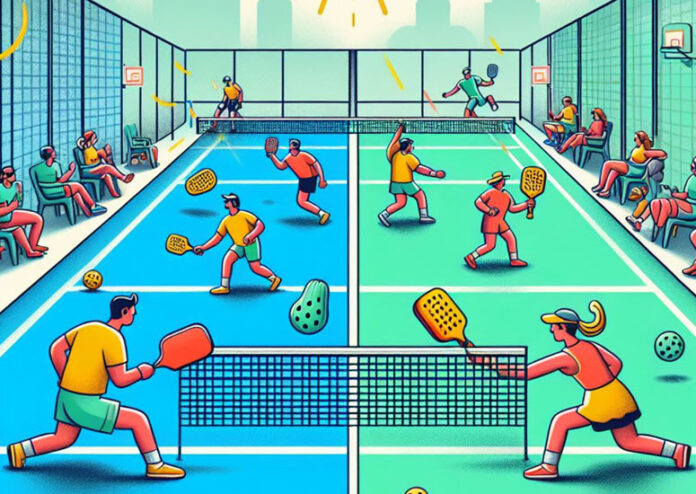In the world of racket sports, two contenders have been gaining popularity: Padel and Pickleball. While both games share some similarities, they also have distinct features that set them apart. In this article, we’ll explore why Padel might be considered more complete than Pickleball.
Court Size and Structure
- Padel: Padel courts are typically larger and enclosed by transparent glass walls. These walls allow for unique gameplay, as players can hit the ball after it has bounced off the walls. The court dimensions resemble those of tennis, providing ample space for strategic play near the glass walls.
- Pickleball: Pickleball courts are smaller and resemble a large ping pong table. Unlike Padel, there are no surrounding walls. The absence of walls affects shot selection and forces players to rely on finesse and precise placement.
Equipment
- Padel Rackets: Padel rackets have a solid face with no strings. They are designed for power and control, allowing players to hit the ball with precision. The thicker face and perforated surface enhance performance.
- Pickleball Paddles: Pickleball paddles are also solid but perforated. They provide a balance between power and finesse. The paddle’s design influences shot placement and control.
Ball Type
- Padel Ball: Padel balls closely resemble tennis balls but have less pressure, resulting in a lower bounce. This unique ball behavior contributes to longer rallies and strategic play.
- Pickleball Ball: Pickleball uses a perforated plastic ball that moves more slowly through the air. The slower ball speed encourages longer rallies and emphasizes placement over power1.
Game Rules
- Doubles Play: Both Padel and Pickleball are ideal for doubles play. However, Padel mandates doubles play on standard courts, while Pickleball allows both singles and doubles on the same court1.
- Prohibited Areas: In Pickleball, certain court areas are off-limits except in specific rule exceptions. Not knowing these restrictions could cost players valuable points.
Conclusion
In summary, Padel combines elements of tennis and squash, emphasizing precision and tactical play near the glass walls. Pickleball, on the other hand, focuses on finesse and strategic shot placement on a smaller court. While both sports have their merits, Padel’s larger court, unique equipment, and longer rallies make it a more complete and exciting game for many players. So whether you’re a fan of the glass walls or prefer the open court, both Padel and Pickleball offer thrilling experiences for racket enthusiasts worldwide


